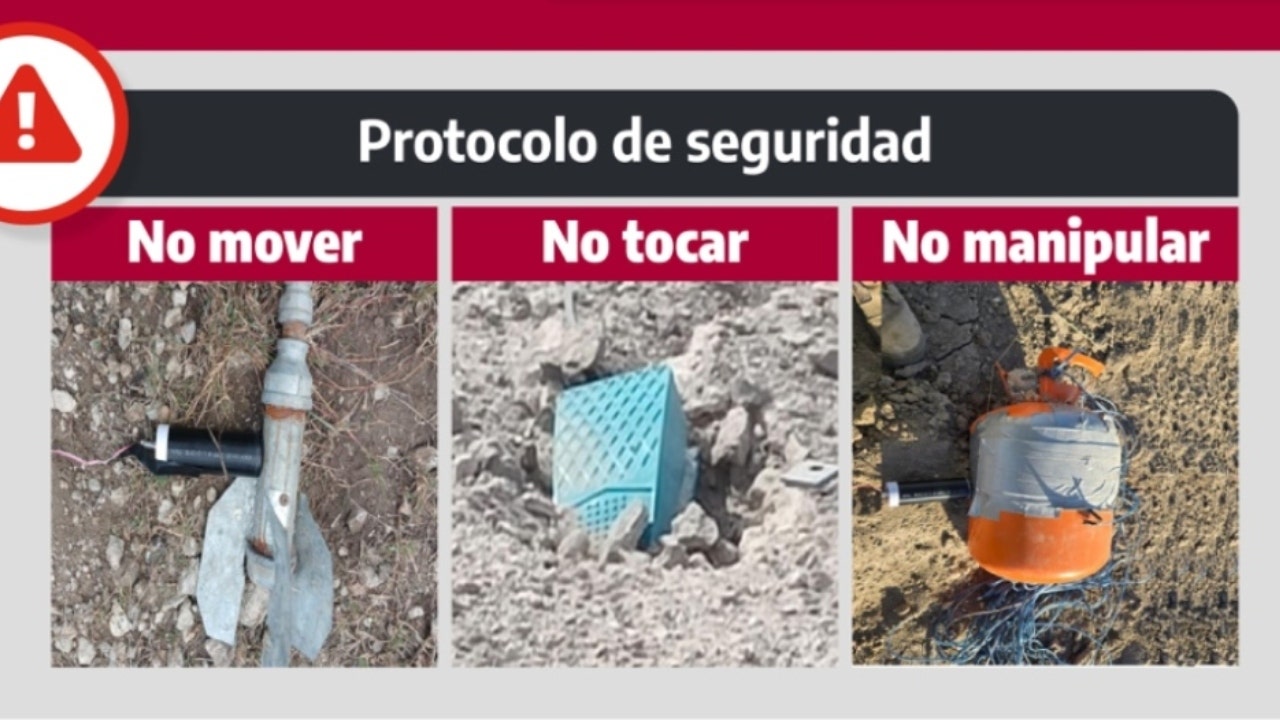How Trump’s Border Crackdown is Reshaping the Billion-Dollar Cartel Landscape
The recent enforcement measures at the U.S.-Mexico border, frequently referred to as Trump’s border crackdown, have instigated a significant shift in the operations of drug cartels. This article delves into how these policies are not merely altering immigration patterns but are also disrupting the complex web of cartel activities, impacting crime and safety across borders. As the border becomes increasingly fortified, the dynamics of drug trafficking and organized crime are evolving in unforeseen ways.
The Context of Trump’s Border Crackdown
In the wake of rising concerns about illegal immigration and drug trafficking, the Trump administration implemented a series of stringent border policies aimed at tightening security. These measures included increased funding for border security, the construction of a border wall, and a more aggressive stance on immigration enforcement. While these initiatives were primarily focused on immigration control, they inadvertently triggered a reshaping of the drug cartel landscape.
Understanding the Cartel Landscape
The drug cartels operating along the U.S.-Mexico border are complex organizations with deep roots in local economies and politics. They are primarily involved in the production, transportation, and distribution of illegal drugs, including heroin, cocaine, methamphetamines, and fentanyl. The annual revenue generated by these cartels is estimated to be in the billions, making them a formidable force in both Mexico and the United States.
Prior to the crackdown, cartels had established well-defined smuggling routes and networks that allowed them to operate with relative impunity. Their ability to adapt to law enforcement tactics has been a hallmark of their resilience. However, the recent border policies have begun to disrupt these operations, creating a ripple effect throughout the cartel ecosystem.
Disruption of Established Smuggling Routes
With the implementation of enhanced border security measures, traditional smuggling routes have become increasingly risky for cartels. The presence of additional law enforcement personnel, surveillance technology, and physical barriers has forced these organizations to re-evaluate their strategies. Here are some of the notable changes:
- Shift to Remote Areas: Cartels are now seeking less conventional routes, moving operations to more remote and less patrolled areas of the border. This shift increases their operational costs and complicates logistics.
- Increased Corruption: To navigate the heightened security, cartels may resort to corrupting local officials or law enforcement, thereby perpetuating cycles of corruption and complicity.
- Rising Violence: As competition intensifies for control over these new routes, violence among rival cartels has surged, leading to increased danger for local communities.
The Economic Impact on Cartel Operations
As cartels adapt to the new enforcement environment, their operational costs are rising. The need for more sophisticated methods of smuggling—such as the use of drones, tunnels, or even submersibles—has increased their financial burden. This economic strain can lead to several outcomes:
- Price Fluctuations: As cartels face higher operational costs, the prices of drugs on the street may increase, impacting users and potentially altering demand.
- Resource Allocation: Cartels may divert resources from other areas, such as violence or recruitment, to focus on logistics and smuggling efficiency.
- Emergence of New Players: The disruption of established cartels can create opportunities for smaller gangs or new entrants to the market, leading to an increasingly fragmented drug landscape.
Changing Crime Dynamics Across Borders
The ramifications of Trump’s border crackdown extend beyond just the cartels themselves. The evolving drug trade impacts communities on both sides of the border, leading to a series of interconnected social issues:
- Increased Local Crime: As cartels reposition themselves, communities may face rising crime rates due to turf wars and the activities of smaller gangs vying for power.
- Public Health Crisis: The opioid epidemic, exacerbated by cartel operations, continues to pose a significant challenge. Disruptions in supply chains can lead to shortages and fluctuations in drug purity, impacting users’ health.
- Community Resilience: In response to the rising violence and instability, many communities are mobilizing to enhance their resilience. Local organizations are stepping up to provide support and resources to those affected by cartel violence.
The Role of Technology in Cartel Operations
As enforcement measures ramp up, cartels are increasingly turning to technology to maintain their operations. This includes the use of encrypted communication apps, drones for surveillance, and even advanced logistics software to track shipments. The adaptation of technology poses a dual challenge:
- Enhanced Smuggling Techniques: Technology enables cartels to streamline their operations, potentially making them more efficient despite increased risks at the border.
- Law Enforcement Responses: In turn, law enforcement agencies are also leveraging technology, employing sophisticated surveillance tools and data analytics to counteract cartel innovations.
Future Implications for Policy and Enforcement
As the landscape continues to shift, policymakers must consider the broader implications of border enforcement strategies. A multifaceted approach that addresses not only the symptoms of drug trafficking but also the root causes is essential. Potential strategies may include:
- Strengthening Community Programs: Investing in local communities to provide education, job opportunities, and addiction treatment can help reduce reliance on cartel activities.
- International Cooperation: Collaborating with Mexican authorities and other nations to tackle drug trafficking comprehensively can enhance border security efforts.
- Innovative Law Enforcement Strategies: Law enforcement must adapt to the evolving tactics of cartels, utilizing technology and intelligence-sharing to stay ahead.
Conclusion
Trump’s border crackdown is reshaping the billion-dollar cartel landscape in profound ways. While the primary aim of these policies has been to control immigration and enhance border security, the unintended consequences are reverberating throughout the drug trade. As cartels adjust their strategies in response to new challenges, the implications for crime, public health, and community safety become increasingly complex. Moving forward, a more holistic approach to border enforcement and drug policy will be crucial in addressing the multi-faceted issues arising from these ongoing changes.
See more CNN Headline


